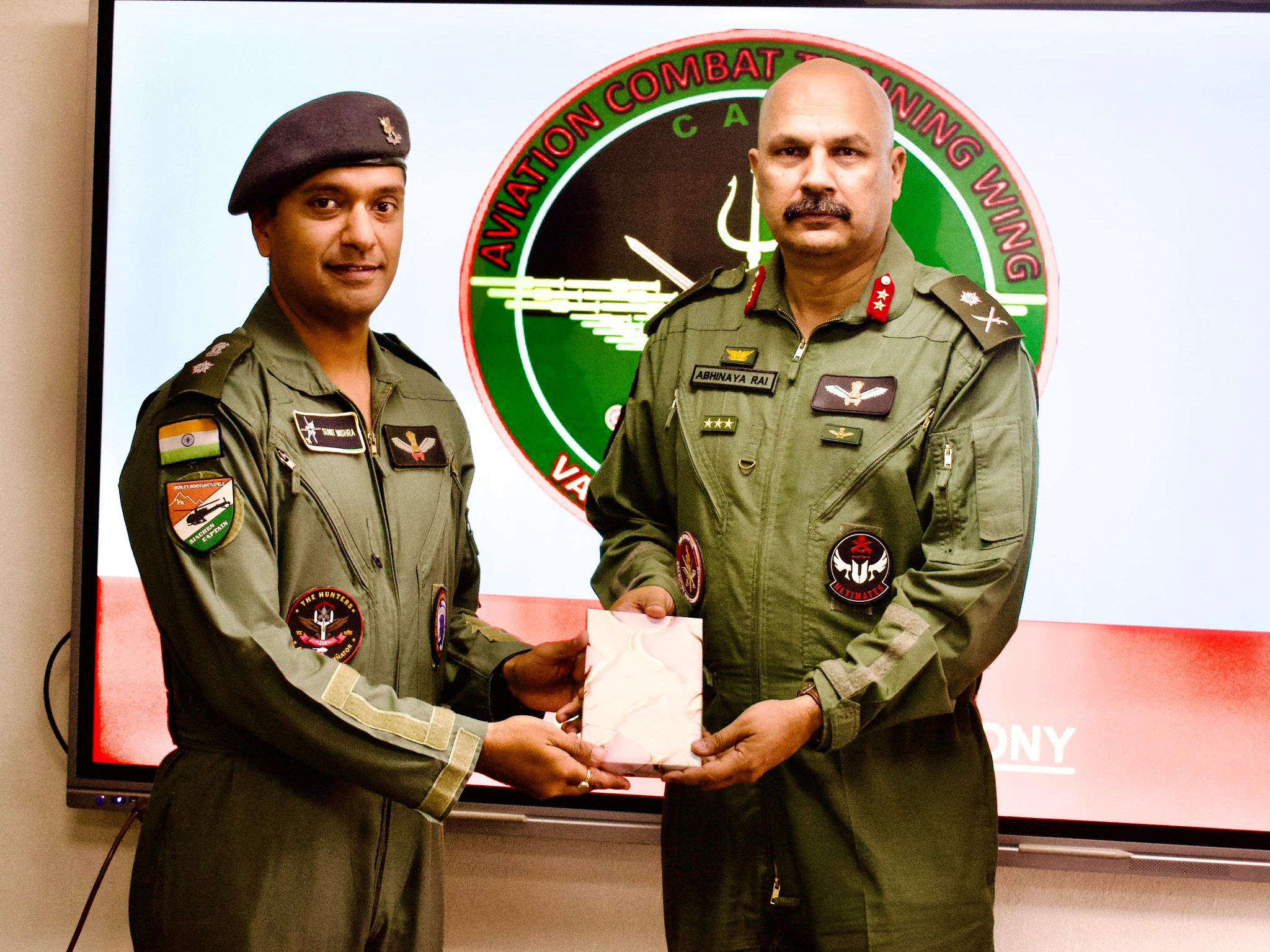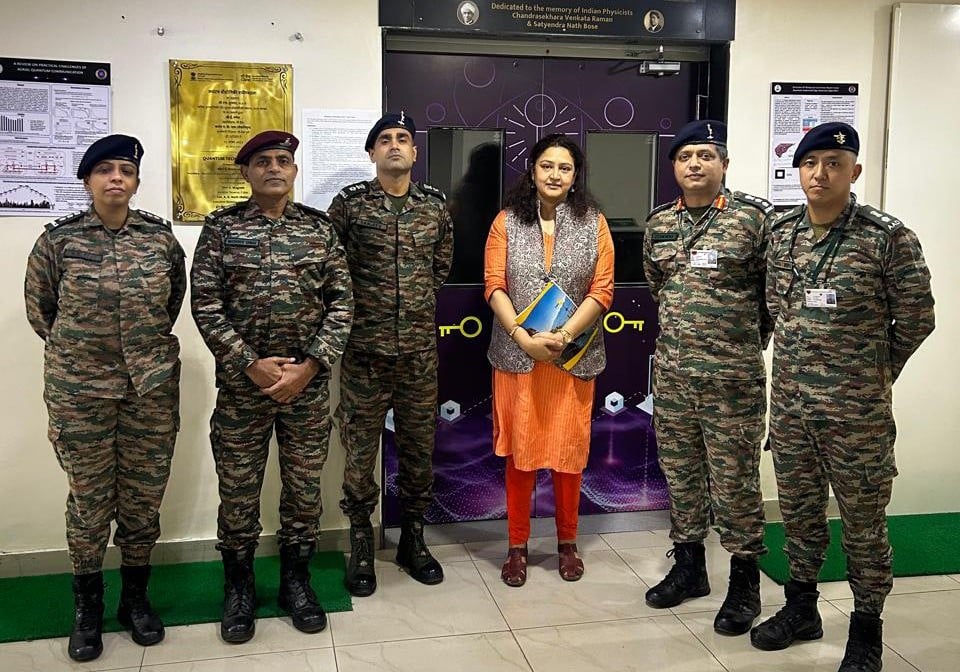The Indian Space Research Organisation (ISRO) has collaborated with the Indian Navy to successfully conduct well deck trials for the crew module of the Gaganyaan mission. These trials took place on December 6 at the Eastern Naval Command, utilizing a well deck ship off the coast of Visakhapatnam.
A well deck is designed to be flooded with water, allowing boats, landing crafts, and recovered spacecraft to be brought onboard for docking. ISRO explained that, following the crew module’s splashdown in the sea at the end of the mission, it is crucial to recover the crew quickly and comfortably. One effective method identified is towing the crew module into the ship’s well deck, enabling an easier exit for the crew.
During the trials, ISRO and the Indian Navy employed a mock-up of the crew module that simulated both its mass and shape. The operations included key procedures: attaching a recovery buoy, towing the module, entering the well deck of the ship, positioning the crew module securely, and subsequently draining the well deck. This sequence of operations was executed by personnel from both ISRO and the Indian Navy.
ISRO noted that these trials are significant for validating the overall operational sequence, ground fixtures, and will assist in refining the Standard Operating Procedures (SOPs) for the recovery operations. This exercise is part of an ongoing series of recovery trials being conducted to finalize SOPs under various conditions, including both typical and atypical scenarios.
As a cornerstone of India’s ambitious Gaganyaan programme, the ultimate goal includes showcasing human spaceflight capability by sending a crew of three into orbit at an altitude of 400 km for a mission spanning three days, before returning them safely to Earth, specifically in Indian sea waters. Under this initiative, ISRO plans to execute three uncrewed missions followed by one crewed mission. The first uncrewed mission is projected for 2024-25, with the inaugural crewed mission set to occur between 2025 and 2027.












